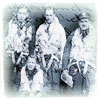Carry On: Letters in War-Time, written by Coningsby William Dawson.
Lieutenant Coningsby William Dawson was born in High Wycombe, England, on February 26, 1883, the second of six children of parents William James and Jane (née Powell) Dawson. After completing a degree in history at Oxford University in 1905 he lived with his family in Taunton, Massachusetts, spending summers with them at the family’s orchard-farming property on Kootenay Lake near Nelson, British Columbia. Working as a writer, he published several novels in the decade prior to the outbreak of WWI.
Early in 1916 he travelled to Ottawa, where after training at the Royal Military College in Kingston, Ontario, he was commissioned as a Lieutenant with the 53rd Battery, Canadian Field Artillery. Embarking for England in July 1916, and to France later that September, he was wounded several times during the war before being demobilized in June 1919.
The Dawson letters were originally published together as the book Carry On: Letters in War-Time in 1917. Now in the public domain, the book was digitized by the Internet Archive Digital Library in 2007 from the collection of the Robarts Library, University of Toronto. The formatted letters that have been made available here were created from the book as part of a research project at Vancouver Island University.
The book’s introductory poem “When the War’s at an End” was written by Coningsby’s younger brother Lieut. Eric Powell Dawson who served during the war in the British Royal Naval Volunteer Reserve and in 1918 published the wartime memoir Pushing Water (link below). Following the war Eric settled in Victoria, B.C.
External links:
Lieut. Coningsby Dawson's service record is available through Library and Archives Canada. (WWI officers were not routinely assigned Service/Regimental #s.)
Carry On: Letters in War-Time, written by Lieut. Coningsby William Dawson, with introduction and notes by his father William James Dawson; provided online by the Internet Foundation at archive.org, from collection of the Robarts Library, University of Toronto.
Pushing Water, written by Lieut. Eric Powell Dawson.




